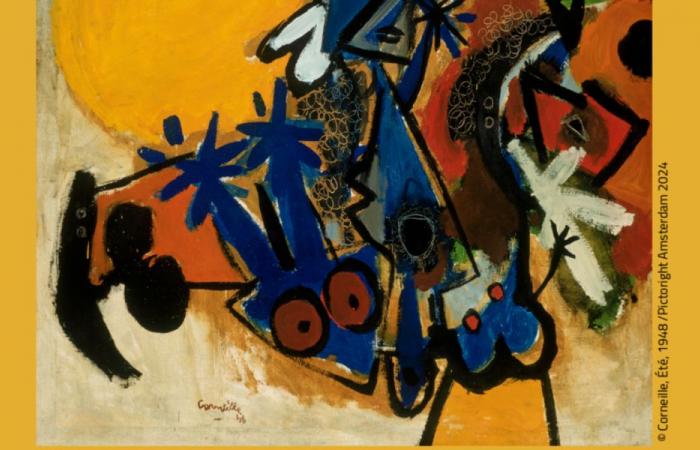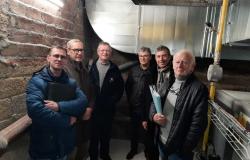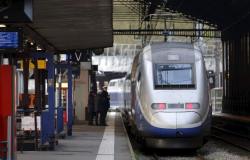The result of a collaboration between the National Museum Foundation (FNM) and the Cobra Museum in the Netherlands, the ambitious exhibition “COBRA: A snake with many heads» brings together more than a hundred works (100 artists from the Cobra movement), celebrating the revolutionary audacity of a group that shook up art in Europe and beyond.
A snake hissing a new era
The Cobra movement, whose name comes from the first letters of Copenhagen, Brussels and Amsterdam, was born in 1948, in the effervescent context of the post-war period, in Paris. Officially founded at Café Notre-Dame by Danish, Belgian and Dutch artists and poets, Cobra finds its roots in a desire to break with the artistic conventions of the time. In reaction to the Parisian avant-gardes and revolutionary surrealism, the founders, including Christian Dotremont, Karel Appel, Asger Jorn and Constant, advocated a spontaneous art, freed from all theoretical rigidity and open to all. Dotremont had also described the movement as a “experimental organic collaboration» who refused dogmas and embraced the freest expression.
During its brief existence between November 1948 and November 1951, the movement asserted itself through a series of exhibitions between Copenhagen, Brussels and Amsterdam, supported by the publication of the magazine Reflex. Cobra advocated a collective and sensitive art, tinged with Marxism and the rejection of formalism. In their works, paintings and poems, the members of Cobra shared an artistic utopia where the individual freedom of the artist took precedence, allowing an intuitive expression detached from academic constraints.
The MMVI exhibition thus allows you to discover the creative universe of emblematic figures, such as Jorn, Appel, Constant, Alechinsky and Corneille, who knew how to give life to a vibrant and deeply human aesthetic.
Through a journey divided into several sections, the exhibition “COBRA: A Serpent with Many Heads” shows the evolution of this artistic adventure. The works, whether paintings, sculptures, engravings, drawings or photographs, reveal the plurality of Cobra’s inspirations and testify to his link with African art, particularly North African. The spirit of Cobra, through its search for instinct and spontaneity, is expressed here in a deliberately childish, colorful and intuitive aesthetic.
Chaïbia, a Moroccan voice in the mind of Cobra
The members of the Cobra group had one day recognized Chaïbia Talal as one of their own. Indeed, Chaïbia shares with them this desire for pure expression… Chaïbia, whose art is born from a dream where she sees herself surrounded by colors and mysterious figures, expresses a similar quest for authenticity. His painting, often described as “naive”, is characterized by a chromatic instinct and raw forms which reflect a free and non-conformist commitment, echoing the Cobra spirit. Her meeting with Pierre Gaudibert, art critic and painter, propelled her work onto the Parisian art scene, where it left its mark with its singularity and vitality.
Despite the condescending labels, Chaïbia was able to establish herself through her direct and intuitive approach, becoming a singular ambassador of this spirit of creative rebelliousness in Morocco. His art, imbued with popular traditions and everyday life, embodies the expression of an experience outside the academic path, joining in this the collective utopia of Cobra.
Let us recall that through “COBRA: A snake with many heads», the MMVI offers much more than a tribute to this movement: it reveals how art can be a vector of liberation and intercultural dialogue. Thus, the exhibition testifies to the power of Cobra, reminding us that art is above all a ground for rebelliousness and encounter, a space where spontaneity reveals the multiple facets of humanity.






